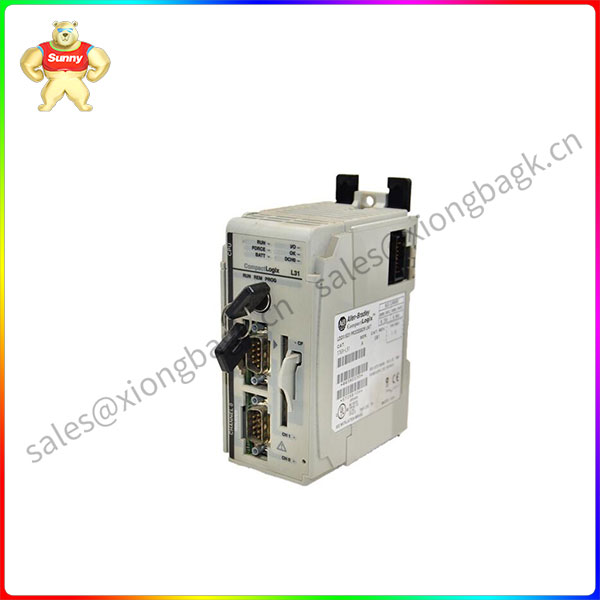Palletizing is an ancient profession that has existed since the Industrial Revolution, and stacking, loading and securing large quantities of goods neatly on pallets or pallets is a key step before materials are transported or stored. Palletizing must ensure that materials or goods are securely secured to prevent possible damage during movement. Without efficient palletizing, it is difficult for goods to reach consumers. Whether it is boxes, bottles, boxes, barrels or any form of material or product, it needs to be loaded and stacked neatly through the palletizing process before it can be sent to different parts of the world by different modes of transportation. For any large-scale manufacturing enterprise, palletizing is a particularly important but also full of risks.
Most of the traditional palletizing work is done manually, the porter needs to constantly repeat this rather boring work, in the day to day handling, because the posture and body muscle strength are under long-term pressure, the vast majority of the porter is faced with a number of health risks, including back, neck, upper limb injury risk, muscle strain risk and even the risk of upper limb disorders. In addition to the health hazards to the practitioners themselves, the long-term recruitment difficulties of China’s industrial manufacturing industry are also one of the challenges of the continuation of artificial palletizing.
Replacing traditional manual palletizing with collaborative robot technology can help enterprises respond to the above challenges and risks from the aspects of safety, efficiency and cost, and truly reduce costs and increase efficiency in the process flow. In addition, compared with traditional palletizing automation technology, collaborative robots are better in terms of programming difficulty, maintenance cost, footprint, deployment flexibility and other aspects, and can meet the flexible and customized requirements of different types of manufacturing enterprises, which is an affordable and effective solution.

1769-L31
L ‘Oreal leverages the UR10 for heavy handling to significantly improve personnel safety
【UR Collaborative robot performs palletizing tasks at L ‘Oreal 】
L ‘Oreal, one of the world’s largest cosmetics companies, faced problems at its factory in Pune, India, where workers manually handled the end of the line, placing boxes on pallets-posing serious ergonomic risks. On average, each worker lifts or lifts 8,500 kilograms of product during an eight-hour working day. In order to reduce the health risks associated with manual palletizing, while increasing the flexibility and efficiency of the service market, L ‘Oreal has deployed several UAO collaborative robots at the end of the production line to complete the product palletizing work. Thanks to the ease of use and operation of the cobots, the need for additional maintenance by workers and shorter tray replacement times, the plant’s overall equipment efficiency (OEE) has increased by 5%, while completely eliminating the health risks that manual palletizing previously posed to workers, allowing for flexible deployment of applications on the shop floor.
Unilever accelerates the palletizing process with six UR10 robots to enhance work efficiency
[Figure: UR10 completes palletizing at Unilever factory]
Unilever is a large international FMCG company, with a total of about 400 brands, distributed in more than 190 countries and regions around the world. The company has four production plants in Poland, including one in the town of Katowice, which puts the tea destined for the factory into 25-kilogram bags. But packaging and palletizing is boring and labor-intensive work, and for a long time, there were few workers willing to engage in this position. Faced with the difficulty of recruiting workers, Unilever turned to automated solutions and, after considering a variety of possibilities, finally chose to deploy six UR10 collaborative robots to perform the tea packaging task.
In the past, workers at the plant spent about 7:3 time on packaging and palletizing, and since the deployment of UR10 for palletizing, the workload of workers has been reduced by 30%. A single robot can palletise 1,100 packaging boxes every eight hours, and is placed neatly and securely on the tray in strict accordance with the predetermined mode, which shortens the packaging time and greatly reduces the amount of labor of employees.
 中文版
中文版




